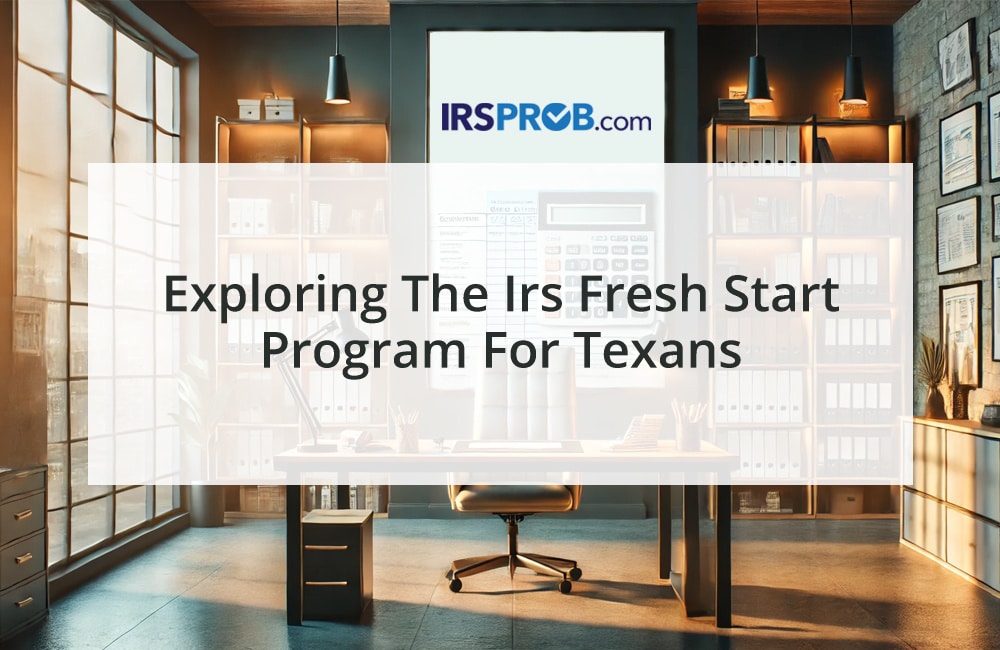
As a busy entrepreneur, finding ways to optimize your tax savings can significantly impact your bottom line. One such strategy involves combining business travel with a bit of leisure, allowing you to deduct substantial costs if you meet specific IRS requirements. Here’s how you can take advantage of this opportunity to enjoy a well-deserved break while maximizing your tax efficiency.
Strategy: Blend Business with Pleasure
Consider planning a business trip to a U.S. destination where you’d like to unwind. By extending your stay, you can potentially deduct the entire cost of transportation, such as airfare or train tickets, if the primary purpose of your trip is business-related. This tax break hinges on your ability to demonstrate that business, not leisure, is the trip’s main focus.
Eligibility Criteria for Travel Deductions
To qualify for deductions, you must ensure that the trip’s primary purpose is business. According to IRS guidelines, this means that more days must be spent on business activities than on personal leisure. For travel within the U.S., you can deduct transportation expenses if you can prove that the trip was primarily for business purposes. This includes the cost of getting to and from the airport and any other business-related travel expenses.
Tax Loophole: Allocating Business and Personal Days
The IRS offers a favorable rule for business travelers: any day spent traveling counts as a business day. Moreover, if your travel itinerary includes weekends or holidays between business meetings, those days can also be considered business days if returning home would be impractical. This is known as the “stand-by day” rule, where you are required to stay in case of potential business needs.
Days when business activities were intended but could not proceed due to unforeseen circumstances (e.g., illness) are also considered business days.
Practical Example
Suppose you embark on a business trip across the country on a Tuesday. You attend meetings from Wednesday to Friday, then enjoy leisure activities like golf over the weekend. After wrapping up business on Monday and spending an extra day sightseeing on Tuesday, you return home on Wednesday.
In this scenario, you are away for nine days. The IRS considers the first Tuesday and the weekend days as business days, as returning home would have been impractical. This results in eight business days, allowing you to deduct the entire cost of airfare, eight days of hotel accommodations, and meals (subject to the 50% limit on business meal deductions). However, expenses related to personal activities, such as the second Tuesday of sightseeing, are not deductible.
Key Takeaways for Business Owners
Understanding these IRS guidelines can help you plan your trips strategically, ensuring you maximize deductions while enjoying some personal time. By carefully documenting your business activities and adhering to the IRS requirements, you can leverage these tax rules to your advantage.
Stay tuned for next month’s blog post, where we will delve into the rules for deducting expenses on business trips abroad. Meanwhile, consider how these strategies can fit into your tax planning to enhance your financial efficiency. Remember, thoughtful planning can turn a necessary business trip into an opportunity for both relaxation and tax savings!









